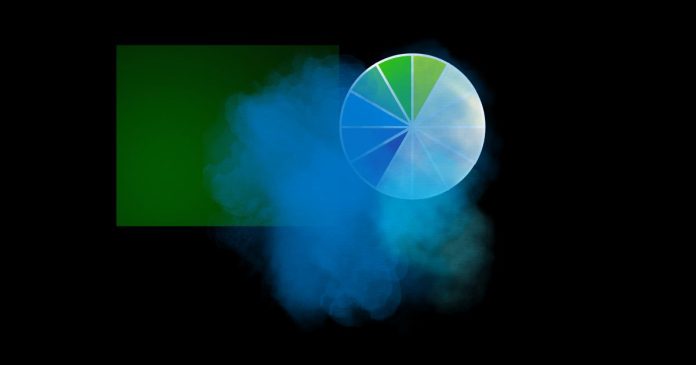If you mix pink, blue, and green, the result depends on the medium you’re working with (such as light or paint) because mixing colors behaves differently in these contexts. Here’s a breakdown for both:
1. Mixing Paint (Subtractive Color Mixing)
In the context of paint, you’re dealing with subtractive color mixing. When you mix pink, blue, and green together, you’ll usually get a muddy or brownish color.
- Pink is a light red or magenta.
- Blue and green are primary and secondary colors, respectively.
When mixed together, these colors absorb (subtract) light, resulting in a more neutral or dull color. Depending on the exact shades and amounts of pink, blue, and green, you might get a grayish-brown or muted purplish-brown color.
2. Mixing Light (Additive Color Mixing)
If you’re mixing light (like with a computer screen or a light show), you’re working with additive color mixing. When you mix pink, blue, and green light, the result will likely be a purplish color, because:
- Pink is a combination of red and blue light.
- Blue and green are primary colors in the additive color model.
The red component of the pink light mixes with blue and green light, often creating a purplish hue.
Conclusion:
- Paint mixing: Brownish or muddy color.
- Light mixing: Likely a purplish color.
So, the exact outcome depends on whether you’re mixing pigments or light!



